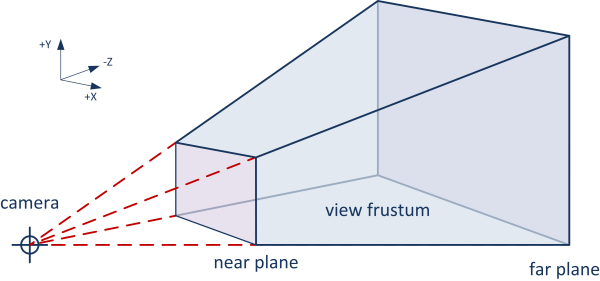I noticed this as well. Later viewdirs is used as input to the model. viewdirs is basically rays_d normalized, see
https://github.com/yenchenlin/nerf-pytorch/blob/a15fd7cb363e93f933012fd1f1ad5395302f63a4/run_nerf.py#L108
However, at the same time the unnormalized rays_d is used to calculate the points along the ray with the help of z_vals https://github.com/yenchenlin/nerf-pytorch/blob/a15fd7cb363e93f933012fd1f1ad5395302f63a4/run_nerf.py#L381
Wouldn't it be better to just normalize rays_d at the beginning and remove viewdirs or is the separation of viewdirs and unnormalized rays_d specifically required?

Hi, thank you for sharing a good codebase.
In https://github.com/yenchenlin/nerf-pytorch/blob/a15fd7cb363e93f933012fd1f1ad5395302f63a4/run_nerf_helpers.py#L159 you are using an unnormalized "rays_d"
Shouldn't this be normalized so that it indicates a direction vector?
Thanks in advance.